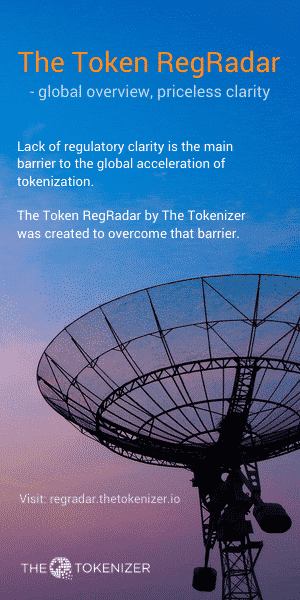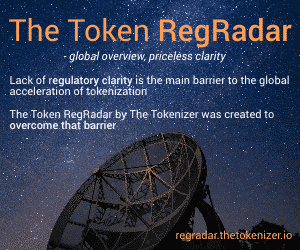Siemens issues its first digital bond on Polygon
Germany-based technology company Siemens has issued its first digital bond on the Polygon blockchain in a bid to reduce paperwork.
According to coindesk.com, Siemens is the third largest publicly traded company by market cap in Germany, and this isn’t the first time that it has experimented with blockchain technology. The EUR 60 million bond issued on the Polygon blockchain has a maturity of one year, and the company has not disclosed the interest rate.
Siemens officials cited by the same source revealed that paper bonds make paper-based global certificates and central clearing unnecessary. Moreover, the bond can be sold directly to investors without having to rely on the intermediary services of a bank. Siemens’ corporate treasurer revealed that, by moving away from paper and toward public blockchains for issuing securities, the company can execute transactions faster and more efficiently than when issuing bonds in the past.
In December 2021, Siemens worked with JPMorgan Chase in order to develop a blockchain-based payments system. At the time, Siemens officials said the improved automation was needed to process the greater number of payments it expected due to the growing popularity of payment models such as pay-per-use.
The system was designed to transfer money automatically between Siemens’ own accounts. At its inception, the system was only used for USD, but the company planned to expand it to support EUR transfers as well.
Digital bonds vs paper bonds
According to suretycanada.com, for providers of bonds, the most obvious benefit of a digital transformation is the expedience of a streamlined and automated bond issuance process. In the paper world, a bond is prepared, signed, and sealed by a surety or broker. Afterwards, it must be forwarded to the bonded Principal for a second signature and seal, before being physically delivered to the end user as part of a bid package.
The digital bond process involves everything being done in real-time through an online e-bonding system on the issuer’s desktop. This means that no paper, no physical seals, and no couriers are being used. More importantly, a true digital bond will provide end users with assurances of built-in verifiability and integrity.
Moreover, there will be no need to contact the issuer for independent confirmation of validity. By leveraging embedded safeguards, a digital bond is more reliable and verifiable than its hard copy equivalent. Another advantage of a digital bond is the reduced chance of errors or improper execution. Among the more common complaints expressed by project owners is the frequency of improperly completed tender bonds that result in a tender being disqualified.
Image by Adrian Trinkaus from Unsplash
Read other stories: Signum Digital Obtained Approval-In-Principle For Security Token Offering and Subscription Platform
Green-X Consolidate its Digital Asset Exchange Businesses with CryptoSX
You Might also Like















